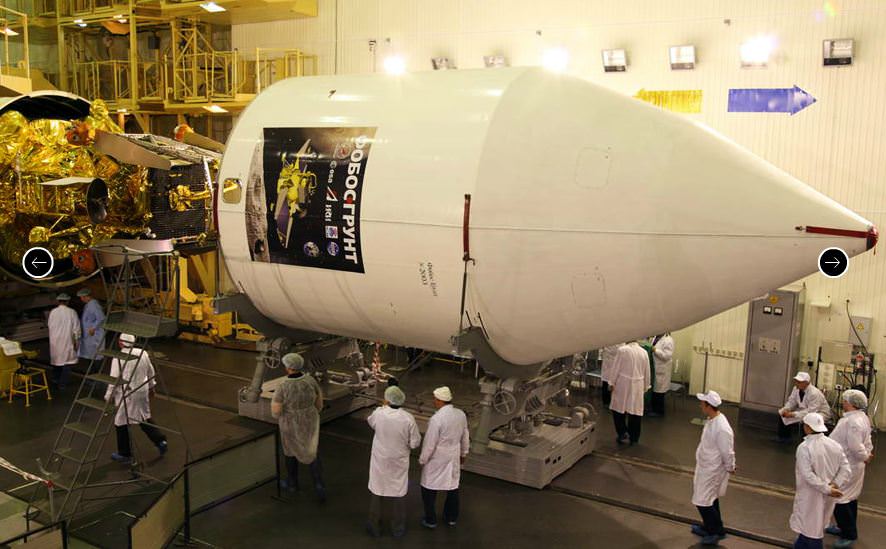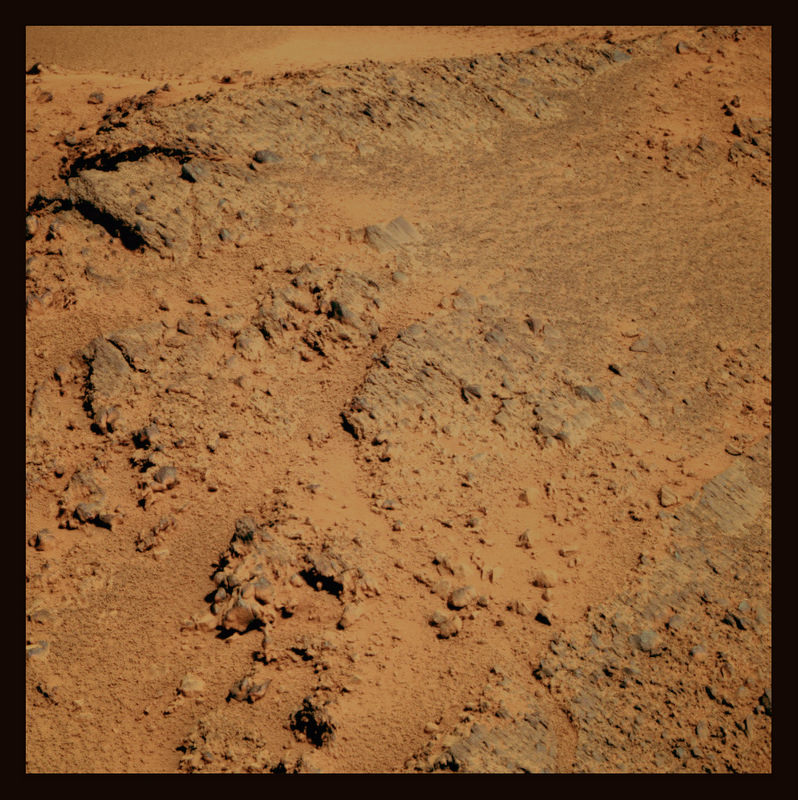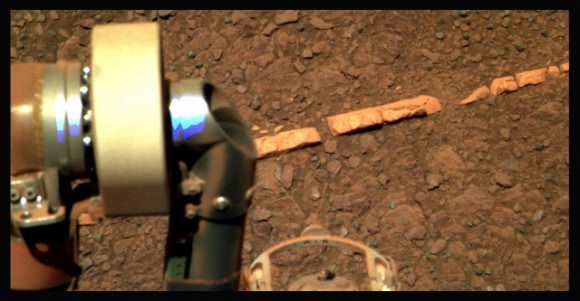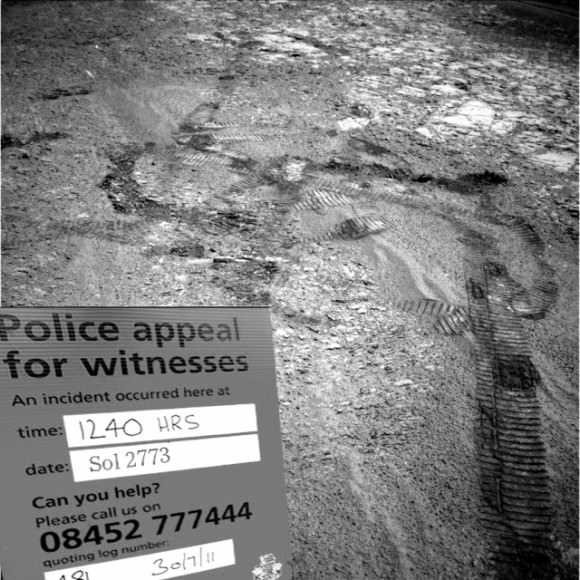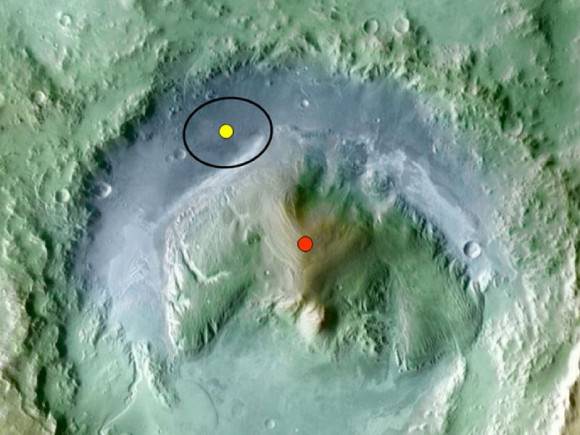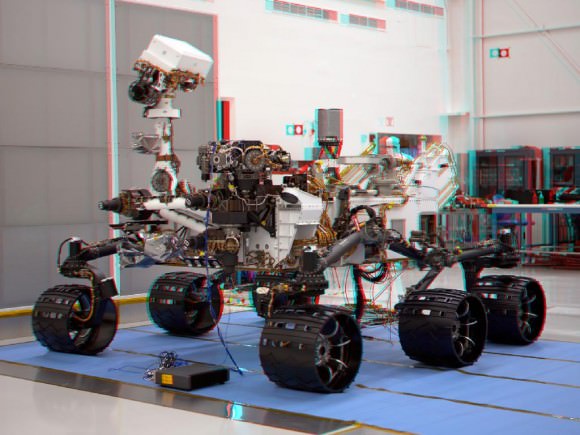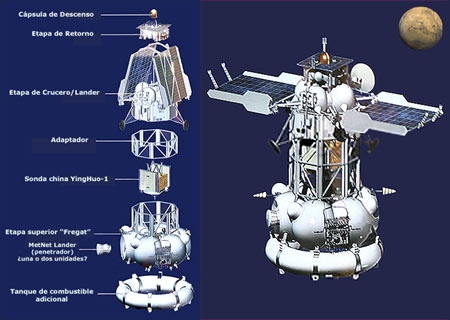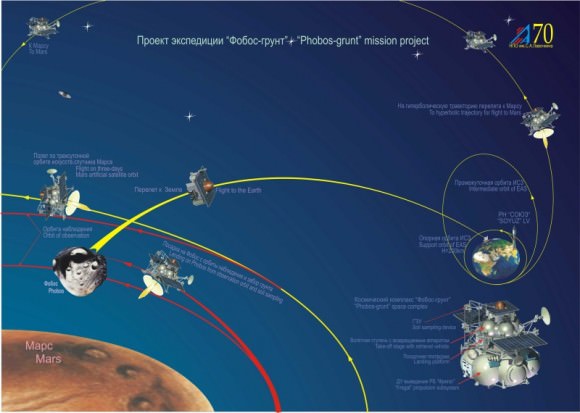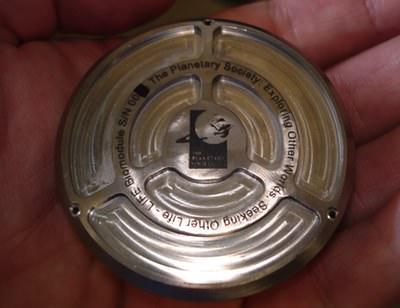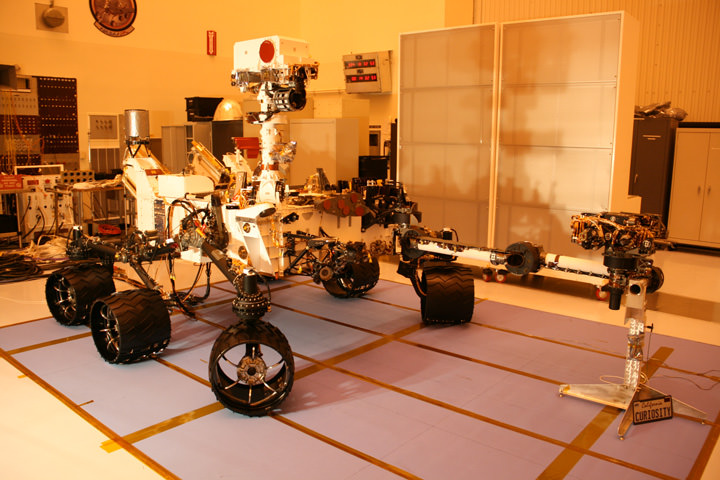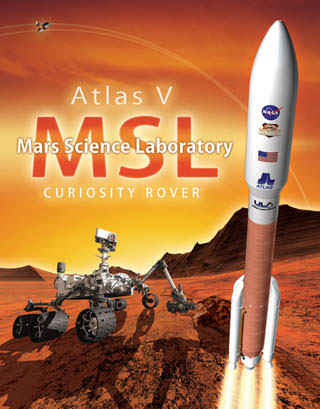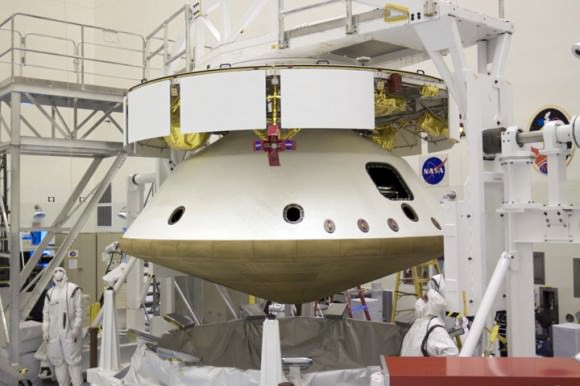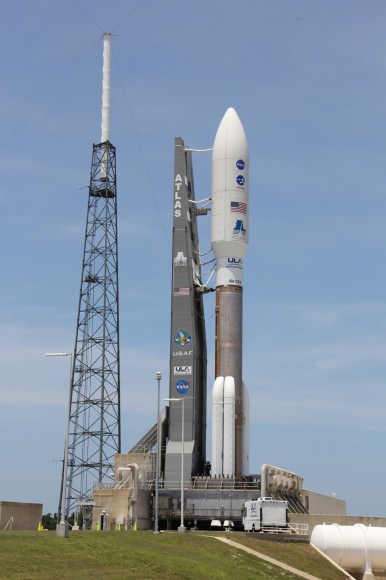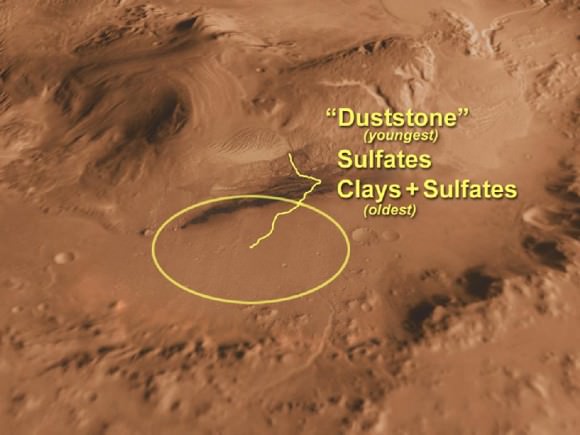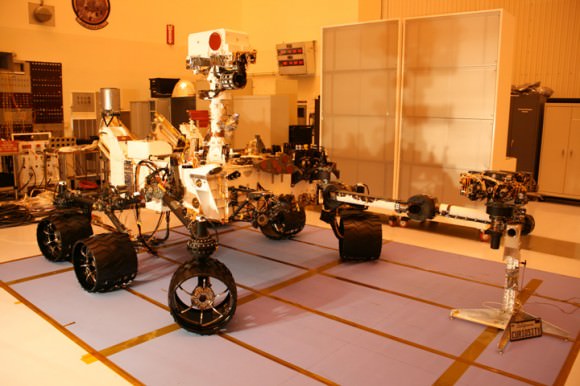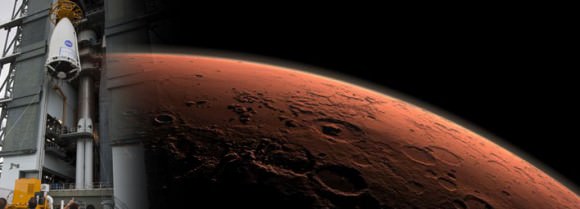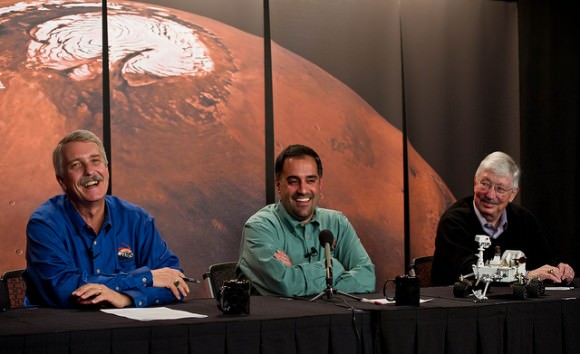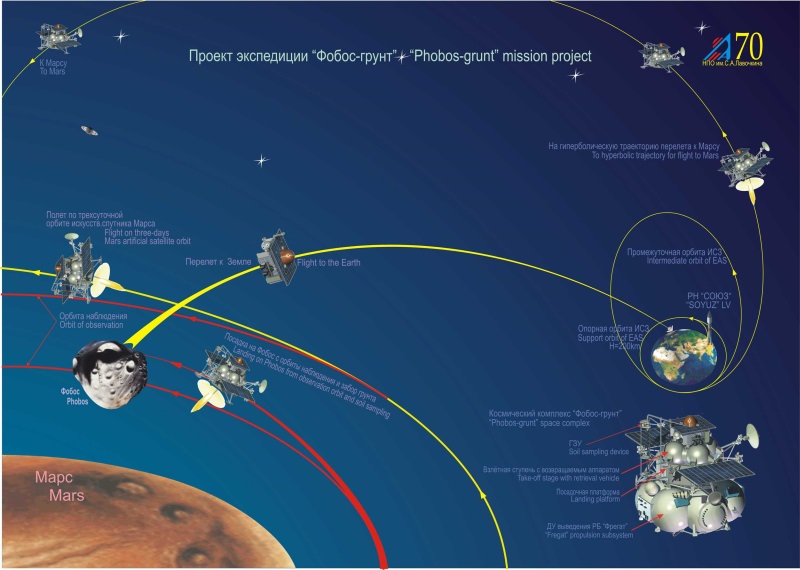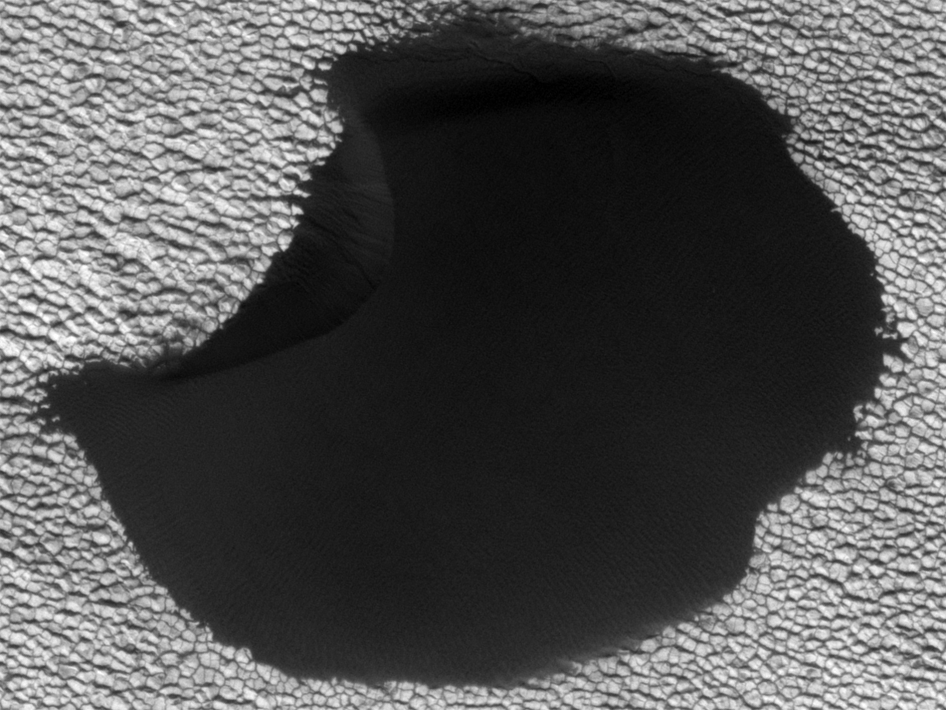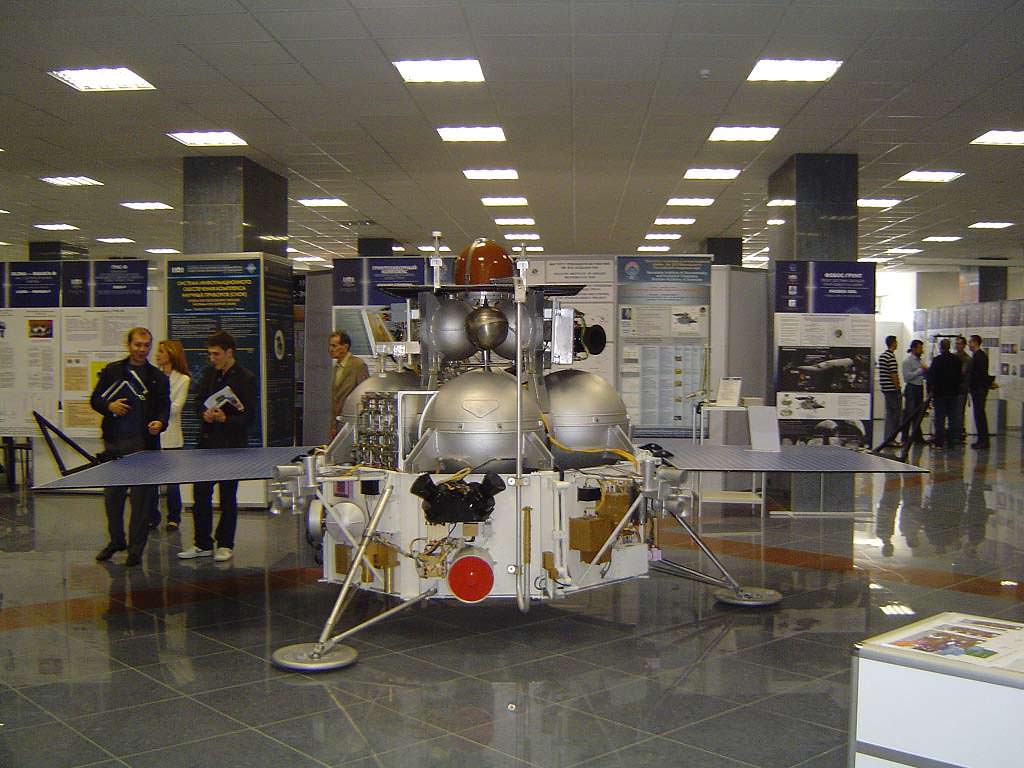[/caption]
Editor’s note: Dr. David Warmflash, principal science lead for the US team from the LIFE experiment on board the Phobos-Grunt spacecraft, provides an update on the mission for Universe Today.
In an exciting development in the ongoing story of the Phobos-Grunt mission, a tracking station at Perth, Australia established contact with the Russian spacecraft on November 22 at 20:25 UT. This was the first signal received on Earth since the mission to Mars’ moon was launched on November 8, 2011.
Teams from ESA, who made the initial contact, are now working closely with engineers in Russia to determine how best to maintain communications with the spacecraft. As controllers begin the task of figuring out how to use this achievement to enable sending the spacecraft new commands, discussion is ongoing on whether the launch window will still be open for the craft to complete the mission.
The hopes are now is that at the very least engineers can prevent the spacecraft from plummeting back to Earth – and with guarded optimism that the mission could proceed in some manner.
Before contact was made, some reports said that if contact was made by November 24, the mission could proceed as planned, while other experts were saying that the launch window to complete the sample return mission closed on November 21.
But yet, a mission leaving from Earth orbit well into December might still succeed.
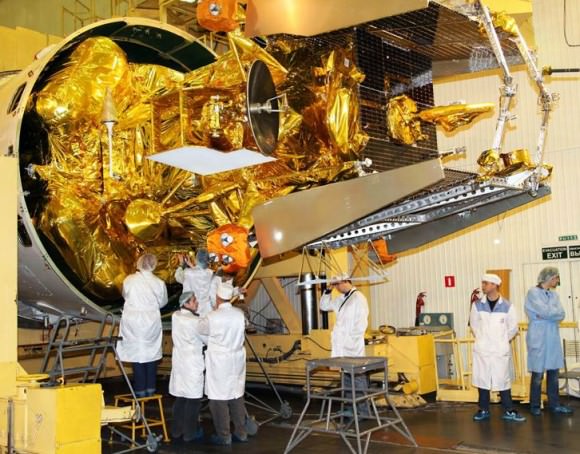
Built to travel to Phobos, the larger of Mars’ two moons, the centerpiece of the unmanned spacecraft is a small capsule in which 200 grams of regolith (surface material consisting of dust and crushed rock) is to make a return flight to Earth. To launch the capsule on a flight that would return it to Earth in 2014, the spacecraft was scheduled to land on Phobos in February 2013 after entering orbit around Mars in October 2012.
A launch window is a period during which travel from one celestial body to another is possible, given a spacecraft’s propulsion capabilities and the alignment of the celestial bodies as they move through space. In the future, advanced propulsion technologies could allow for trips between Earth and Mars to depart at any time, but for now spacecraft must wait for the optimal moment. For trajectories from Earth to Mars, launch windows occur roughly every 26 months, as do launch windows for inbound flights to Earth from Mars.
The launch window for an Earth-to-Mars trajectory actually would allow Grunt to reach Mars and Phobos, if the spacecraft is readied for departure within two or three weeks from today. In such a case, however, the collection of regolith on the Phobosian surface would take place after that window has closed for the capsule to launch back to Earth. This is why people are saying that the window for Phobos-Grunt will close this Thursday.
But, as stated earlier, the window could still be open through mid-December. To see why, let’s take a glimpse of the Grunt’s science payload and other components . Sitting in front of what the Russian Space Agency is calling the sustainer engine, whose job is to propel the spacecraft from Earth to Mars, is a 110 kilogram probe called Yinhuo-1. China’s first Mars probe, Yinhuo-1 is to orbit the Red Planet for two years, performing various scientific studies. Moving forward from Yinhuo-1, brings us to the interplanetary module, Grunt’s descent stage.
Costing 5 billion rubles, or about 160 million US dollars, the interplanetary module is equipped with a descent engine and legs for landing on the Martian moon, machinery for scooping the regolith sample, and about 50 kilograms of extremely advanced scientific equipment whose value to the mission does not depend on whether the regolith sample makes it back to Earth.
Finally, there is the ascent stage and the return capsule that will lift off with it for the flight to Earth. In addition to accommodating the regolith that will be deposited inside, the capsule holds the Planetary Society’s LIFE biomodule, a study of the effects of the interplanetary space environment on organisms during a long-term voyage through space.
Before and after the departure of the return capsule, the instruments of the interplanetary module will be at work, performing celestial measurements, studying solar wind, and conducting geophysical studies -experiments whose results will help planetary scientists to understand the origin of our Solar System. The science package also will perform elemental, chemical, mineralogical, and thermal analysis of the regolith, look for traces of gases from Mars, and search for organic matter, the stuff of life.
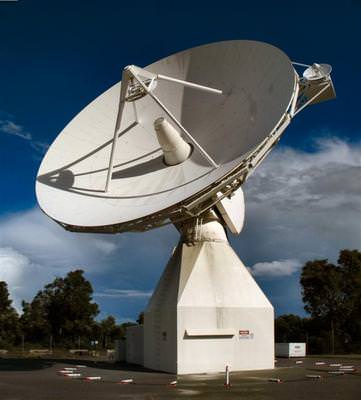
If Grunt were to make a one-way trip to Phobos, all of these studies could be performed, while Yinghuo-1 could be deployed around Mars, as is supposed to happen during a round-trip voyage. If it were determined that the capsule really had no chance of making it from Phobos back to Earth, the capsule might even be jettisoned in high Earth orbit before the sustainer stage completes the final burn to escape Earth’s gravitational pull. This might return the LIFE biomodule to Earth after a long trajectory through deep space that would satisfy the objectives of the experiment. Then, we could recover our biomodule and study the organisms as planned.
On the other hand, controllers might consider sending the return capsule to Phobos despite the closure of the launch window for a return flight. After landing on the Martian moon atop the interplanetary module, the ascent stage need only wait until the next launch window opens 26 months later for arrival on Earth in 2016.
The contact now made with the spacecraft may open up even more possibilities for saving the mission. ESA said in a press release that the signals sent to Phoboos-Grunt commanded the spacecraft’s transmitter to switch on, sending a signal down to the station’s 15 m dish antenna.
Data received from Phobos-Grunt were then transmitted from Perth to Russian mission controllers via ESA’s Space Operations Centre, Darmstadt, Germany, for analysis.
Additional communication slots are available on November 23 at 20:21–20:28 GMT and 21:53–22:03 GMT, and ESA teams are working closely with Russian controllers to determine how best to maintain communication with their spacecraft.

